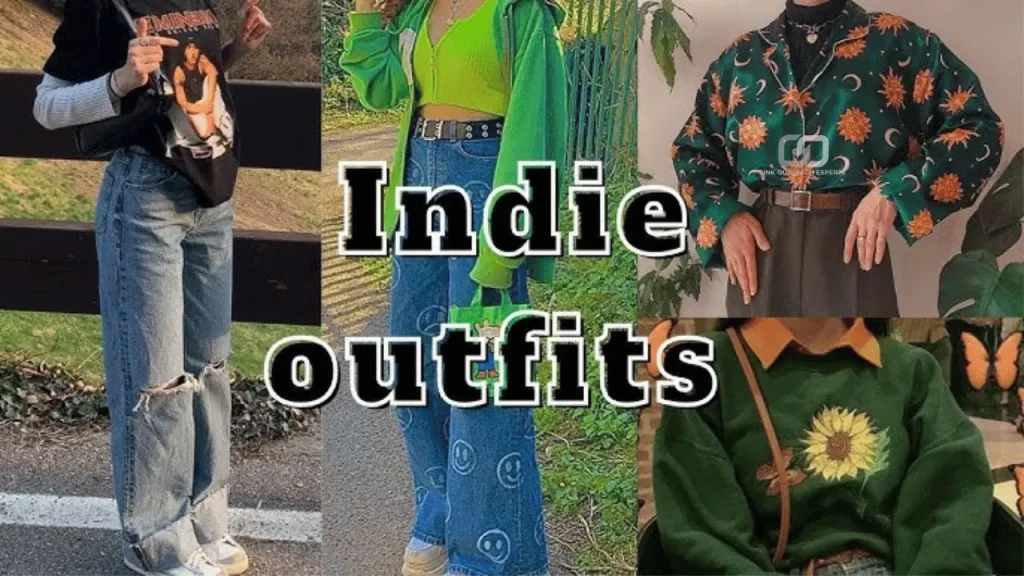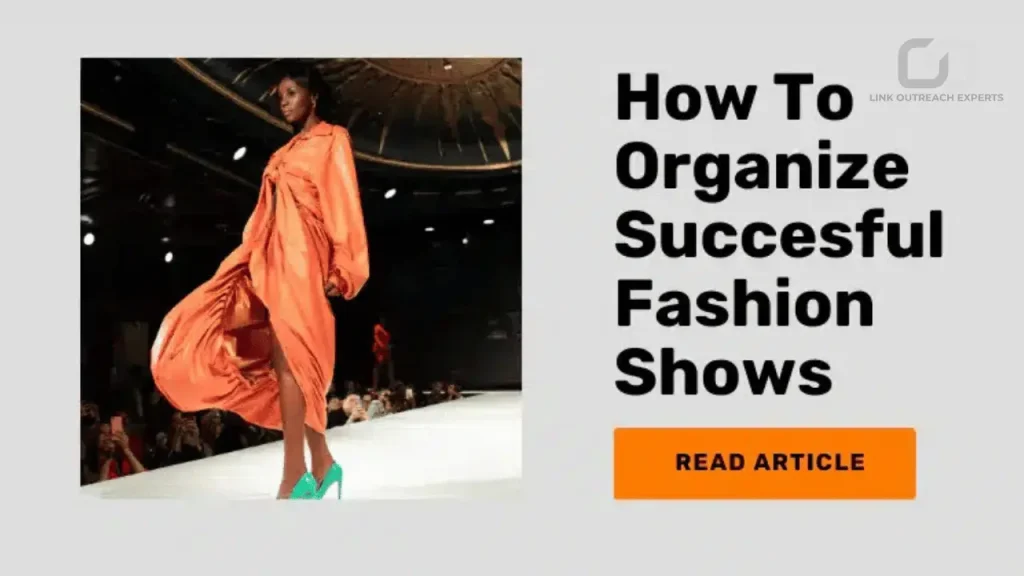Indie fashion means independent fashion. It is not influenced by big brands or mainstream trends. It focuses on unique styles, creativity, and self-expression. Indie fashion often includes handmade, vintage, or customized clothing. People who follow indie fashion like to stand out. They mix different styles to create their own look.
Indie fashion is popular because it allows freedom in dressing. People can wear what they love without following trends. It gives a sense of individuality and creativity. Many indie fashion lovers enjoy thrift shopping and supporting small designers. This style also promotes sustainable fashion by using second-hand clothes.
Table of Contents
The Origins of Indie Fashion
Indie fashion started as a way for people to express themselves without following mainstream trends. It became popular in the 1980s and 1990s, mainly through indie music and alternative culture. People who embraced indie fashion wanted unique styles instead of mass-produced clothing. They shopped at thrift stores, wore vintage pieces, and customized their outfits. This movement was about individuality and creativity.
Music played a big role in shaping indie fashion. Indie rock, punk, and alternative bands had their own unique styles, which inspired fans to dress differently. Musicians often mixed different clothing styles, creating a look that stood out. This led to the rise of vintage, bohemian, and DIY-inspired outfits. Indie fashion was not just about clothing; it was a lifestyle tied to music, art, and culture.
As indie fashion grew, it influenced the mainstream industry. Big brands started adopting indie-inspired styles, but true indie fashion stayed independent. It remained focused on self-expression, sustainability, and supporting small designers. Even today, indie fashion continues to evolve, encouraging people to be creative with their personal style. If you’re into indie fashion, you might also find tips on how to plan a fashion show to showcase your ideas.
Key Characteristics of Indie Fashion
Individuality and Unique Style
Indie fashion is all about standing out. People mix different patterns, fabrics, and colors to create unique outfits. They often wear vintage clothing, handmade pieces, or thrifted items. Instead of following mainstream trends, indie fashion lovers prefer small, independent brands. This makes their style personal and different from mass-produced fashion.
DIY Culture and Customization
Many people in the indie fashion scene love to personalize their outfits. They add patches, embroidery, or paint to their clothes to make them one of a kind. Some even upcycle old clothes into new designs. This DIY approach reflects creativity and a love for self-expression. It also makes indie fashion special because no two outfits look exactly the same.
Sustainability and Ethical Choices
Indie fashion promotes sustainability by choosing second-hand clothing and eco-friendly brands. Many indie fashion lovers support ethical companies that focus on fair trade and responsible production. By avoiding fast fashion, they help reduce waste and make mindful fashion choices.
Popular Indie Fashion Trends
Vintage and Thrifted Clothing
Indie fashion often includes vintage and second-hand clothing. Many people love shopping at thrift stores to find unique pieces from past decades. Retro dresses, oversized sweaters, and old-school denim are common choices. Wearing thrifted clothes not only adds individuality but also promotes sustainability by reducing waste.
Bold Prints and Patterns
Indie fashion embraces bold prints, unusual color combinations, and artistic patterns. Floral designs, geometric shapes, and abstract prints are often mixed to create eye-catching outfits. The goal is to stand out, not blend in. Many indie fashion lovers enjoy experimenting with vibrant and unexpected styles.
Layering and Mixing Styles
Layering is a key part of indie fashion. People mix different textures, fabrics, and clothing styles to create unique looks. A lace dress might be paired with a leather jacket, or a graphic tee might be worn over a long-sleeve shirt. This mix-and-match approach makes indie fashion feel personal and expressive.
Handcrafted and Artisanal Pieces
Many indie fashion lovers support handmade clothing and accessories. Items like hand-knit scarves, embroidered jackets, and beaded jewelry add a personal touch to outfits. Supporting small designers and independent creators is a big part of the indie fashion movement. These handcrafted pieces make each look feel artistic and special.
The Role of Music and Art in Indie Fashion
Music as a Fashion Influence
Music has played a big role in shaping indie fashion. Indie rock, folk, punk, and alternative music scenes have inspired unique clothing styles. Musicians often wear vintage, thrifted, or DIY outfits, influencing their fans to do the same. Band t-shirts, ripped jeans, and layered looks are common in indie fashion. Music festivals and concerts also showcase indie fashion trends, where people express their style freely.
Art and Creative Expression
Indie fashion is closely connected to art. Many indie fashion lovers are drawn to artistic styles, including hand-painted clothes, embroidered designs, and custom prints. The use of bold colors, abstract patterns, and handmade accessories reflects artistic expression. Street art, graffiti, and independent artists often inspire indie fashion trends, making each outfit feel unique and personal.
A Lifestyle Beyond Clothing
Indie fashion is more than just what people wear, it is part of a creative lifestyle. Many indie fashion followers are also involved in music, painting, photography, or other artistic fields. Their clothing choices reflect their artistic mindset, embracing individuality and breaking away from mainstream trends. This connection between music, art, and fashion keeps indie style fresh and ever-evolving.
How Indie Fashion Influences Mainstream Trends
Indie Fashion’s Impact on High Fashion
Indie fashion often starts as a small movement, but its unique styles frequently inspire high fashion designers. Many luxury brands take ideas from indie trends, such as vintage aesthetics, oversized silhouettes, and bold color combinations. What begins as an underground fashion statement often appears on runways, showing how indie fashion shapes mainstream styles.
Collaboration Between Indie Designers and Big Brands
Big fashion brands have noticed the appeal of indie fashion and often collaborate with independent designers. These partnerships bring indie-inspired clothing to a wider audience. Limited-edition collections featuring indie aesthetics, like handmade embroidery or thrifted looks, make their way into mainstream stores. This allows indie fashion’s creativity to reach more people.
Indie Trends in Everyday Wear
What starts as an indie fashion choice, such as thrifted clothing or layering styles, often becomes a common trend. Many popular clothing stores now sell vintage-inspired outfits, oversized jackets, and artistic prints. Indie fashion’s focus on sustainability has also influenced mainstream brands to use eco-friendly materials and ethical production methods.
Keeping Indie Fashion Authentic
Although indie fashion influences mainstream styles, true indie fashion remains independent. It focuses on creativity, self-expression, and individuality. Even as major brands adopt indie trends, indie fashion lovers continue to find new ways to stand out. This constant evolution keeps indie fashion fresh and different from mass-produced styles.
Conclusion
Indie fashion is all about creativity and self-expression. It is not controlled by big brands or trends. People who follow indie fashion mix different styles, wear vintage clothes, and support small designers. They enjoy unique outfits that reflect their personality.
Indie fashion also promotes sustainability and ethical choices. Many people buy thrifted clothes or handmade pieces to reduce waste. Over time, indie fashion has influenced mainstream styles, but it remains independent. It continues to evolve with new ideas and trends.


